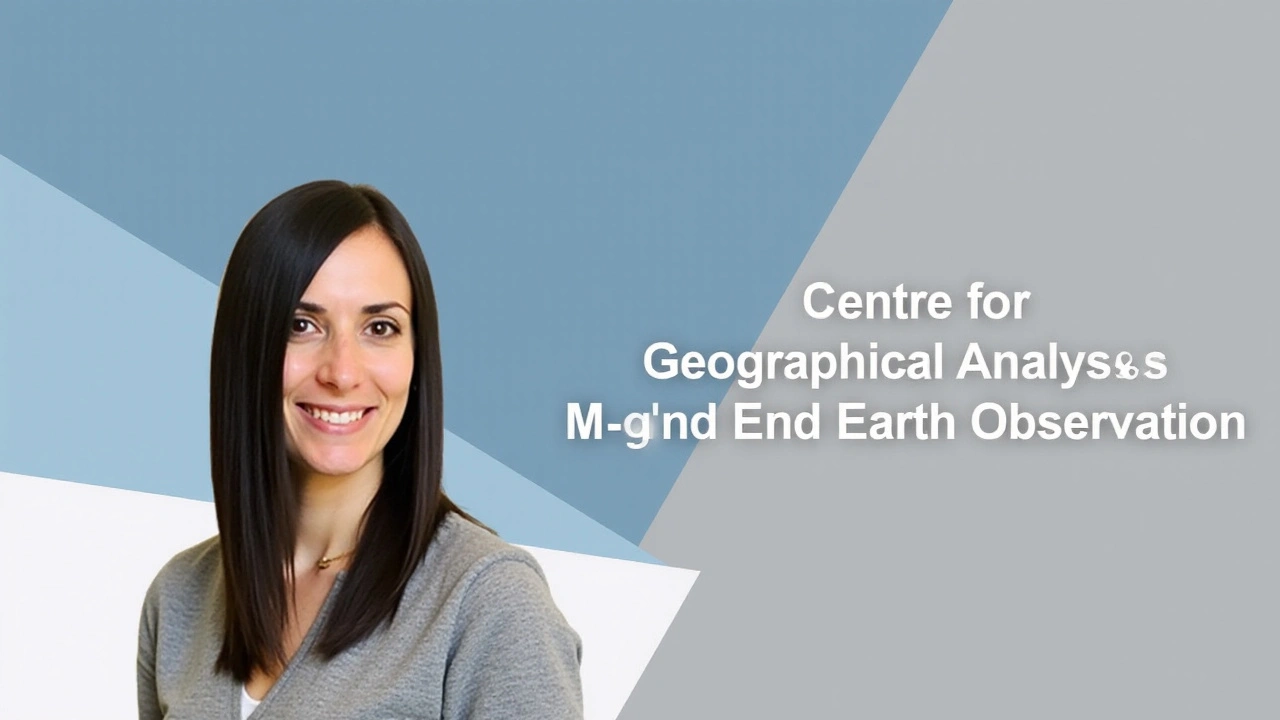Earth Observation: Tracking Our Changing World
Earth observation is more than just satellite pictures from space. It’s a powerful way to keep track of our planet’s health, monitor environmental changes, and support decisions in agriculture, disaster management, and more. You might wonder how this tech impacts your daily life. From weather forecasts to tracking deforestation—Earth observation plays a crucial role behind the scenes.
Satellites orbiting Earth collect vast amounts of data, capturing everything from land use changes to ocean temperatures. This info helps scientists and governments respond quickly to natural disasters like floods or wildfires. For instance, during a wildfire, satellite images pinpoint hotspots, enabling faster and safer firefighting efforts.
How Earth Observation Benefits Us
One big advantage is climate monitoring. Satellites constantly record data on greenhouse gases, ice melt, and sea-level rise. This helps us understand long-term trends and spot sudden changes that need attention. Plus, farmers use this data to make smarter planting choices, ensuring better harvests with fewer resources.
Governments also rely on Earth observation to manage natural resources wisely. It helps to keep track of forest health, water supplies, and urban growth. If a city is expanding too fast or if water levels drop dangerously low, these early warnings make a big difference.
What’s New in Earth Observation?
Technology keeps improving, making satellites smaller, cheaper, and smarter. This means more frequent and detailed data is available than ever before. Companies and researchers use artificial intelligence to analyze this flood of information quickly, turning raw data into clear insights.
With new satellites launching and innovations in sensor technology, we’re more capable of tackling global challenges. Whether it’s tracking illegal fishing or studying the impact of extreme weather events, Earth observation tools are opening new doors for problem-solving.
Staying informed about Earth observation helps you understand how we monitor and protect our planet. It’s not just scientific jargon—it’s about making better decisions that can affect all our lives. Keep an eye on this space as the technology evolves and keeps revealing our planet’s stories.
Innovative GIS Solutions and Earth Observation Services by Stellenbosch University's Centre for Geographical Analysis
The Centre for Geographical Analysis (CGA) at Stellenbosch University leverages GIS and earth observation technology to provide innovative services across sectors such as agriculture, water management, and urban planning. Led by Garth Stephenson, the CGA has developed tools like TerraClim for precise climate data analysis and offers accredited online courses in GIS and EO.
More
